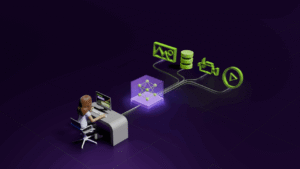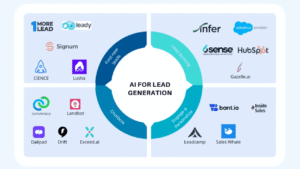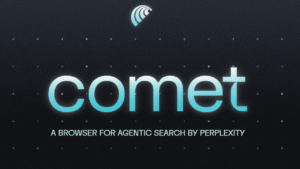OpenAI has introduced a major update to ChatGPT, integrating advanced image generation capabilities powered by the new 40 model. This upgrade enhances the AI’s ability to create, edit, and modify images in real time, making it more practical for creators, educators, and businesses. With enhanced control and higher quality visuals, ChatGPT’s image generation is expected to reshape content creation across various industries.
Graphics to High-Quality Images
The research team, led by Gabe and Proful, spent two years refining this model. It now produces highly detailed images with better accuracy, readability, and stylistic consistency. Early versions struggled with imperfections like typos in generated text, but the latest update ensures clear and precise image outputs. With adaptive learning, the AI now recognizes various artistic styles and delivers sharper, more photorealistic visuals that maintain proper proportion and structure.
Additionally, ChatGPT 40 incorporates color theory and lighting dynamics for more vibrant images. Artists and designers can use it to generate concept art, storyboards, or visual presentations. The AI’s ability to adjust small details ensures that each output meets the desired creative vision, reducing the need for external editing.
Live Editing and Personalized Image Creation
One of the standout features is real-time image editing. Users can modify AI-generated images instantly by requesting specific changes. Whether adjusting color schemes, refining textures, or repositioning elements, the new model responds to feedback with greater accuracy. This new level of control makes the tool more functional and user-friendly rather than just a novelty.
The AI also supports customized designs, such as trading cards, book covers, and souvenirs, with well-placed text and images. Businesses can generate personalized marketing materials within minutes, reducing production time and costs. The AI can even suggest design adjustments based on current branding guidelines, making it a valuable asset for creative teams.
Memes, Creativity, and Internet Culture
OpenAI found that memes were a top use case for its image generator. The AI understands meme culture, humor, and trends, allowing users to create engaging and relatable content effortlessly. ChatGPT 40 can generate meme templates and add text overlays with a strong grasp of internet slang and popular references.
With its ability to understand tone and sentiment, the AI can adapt its meme creation based on regional humor and trending topics. Influencers and content creators can leverage this feature to generate viral posts quickly, keeping their audiences entertained and engaged.
Bringing Knowledge Through Visuals
With improved multimodal integration, the model can generate illustrations that simplify complex concepts. OpenAI demonstrated this by creating a manga-style comic on relativity, making scientific ideas easier and more entertaining to understand.
Educators can use ChatGPT 40 to design infographics, learning visuals, and step-by-step diagrams for topics ranging from physics to history. The AI can also tailor visuals to match different learning styles, making educational content more accessible and engaging for students of all ages.
AI’s Role in Design and Printing
The upgraded AI can now create personalized products like custom coins, posters, and merchandise, supporting transparent backgrounds and detailed designs. This feature opens up possibilities for branding, marketing, and product customization.
Graphic designers can generate packaging concepts, promotional banners, and limited-edition products with ease. Print shops and e-commerce platforms can integrate this AI model to provide customers with on-demand product customization. ChatGPT 40’s fine-tuned image resolution ensures that designs remain sharp and clear even when printed at large sizes.
Future Applications and Expansion
OpenAI plans to expand ChatGPT’s image generation capabilities further, introducing support for animations and interactive visuals. This would allow creators to generate dynamic media content directly within ChatGPT, offering endless possibilities for storytelling, advertisements, and educational tools.
Additionally, OpenAI is exploring collaborative features that let multiple users edit images in real time. This could be a game-changer for design teams, offering an efficient way to brainstorm and refine concepts together.








